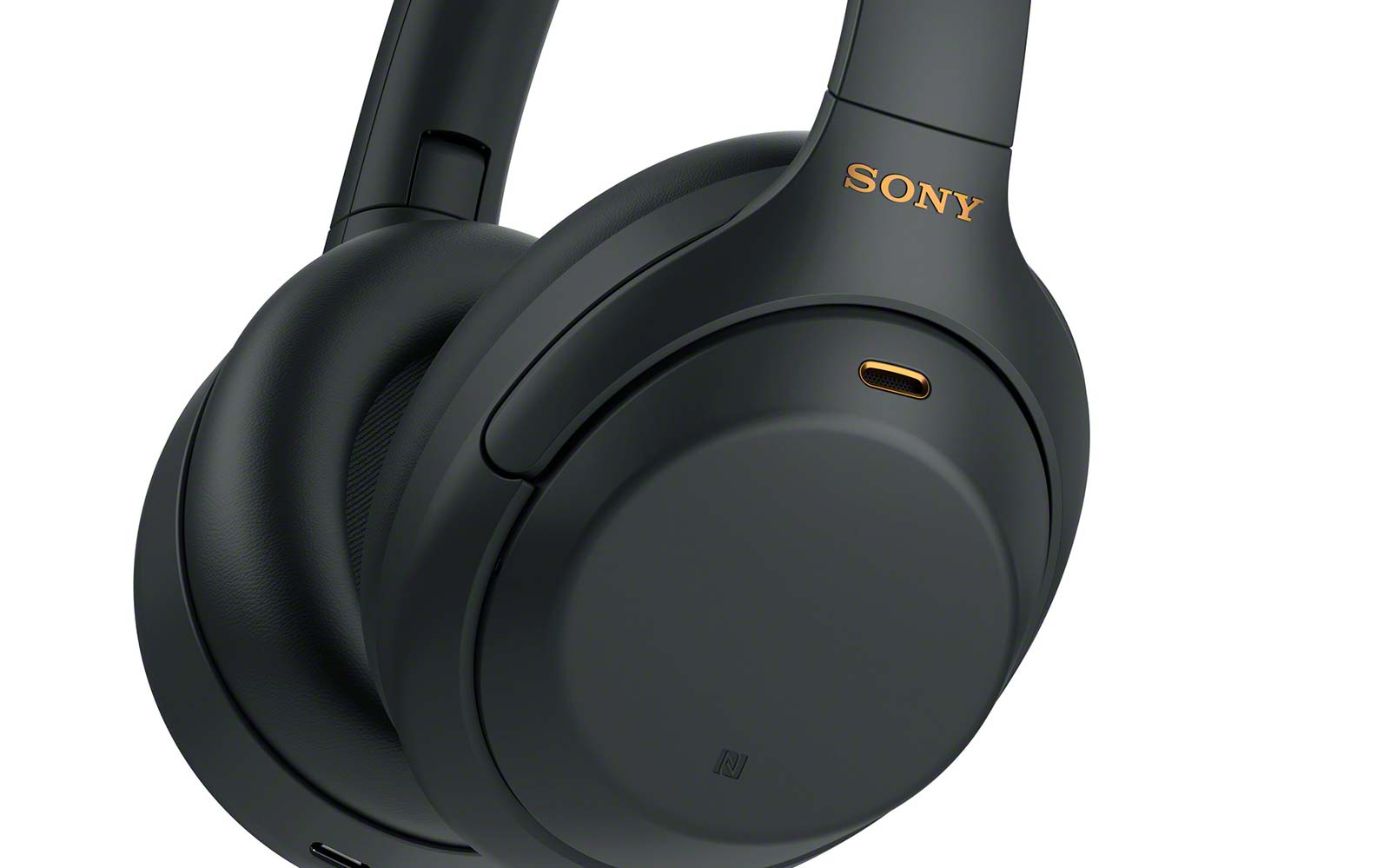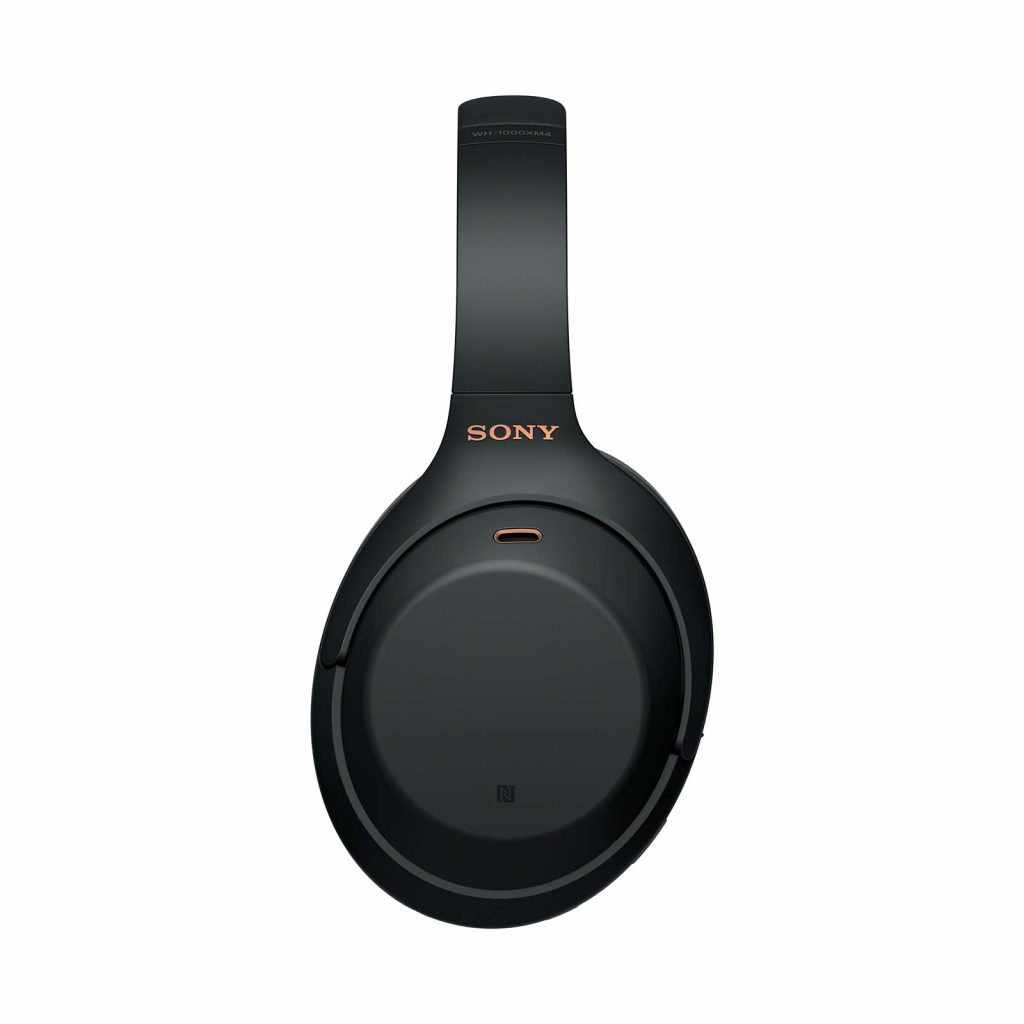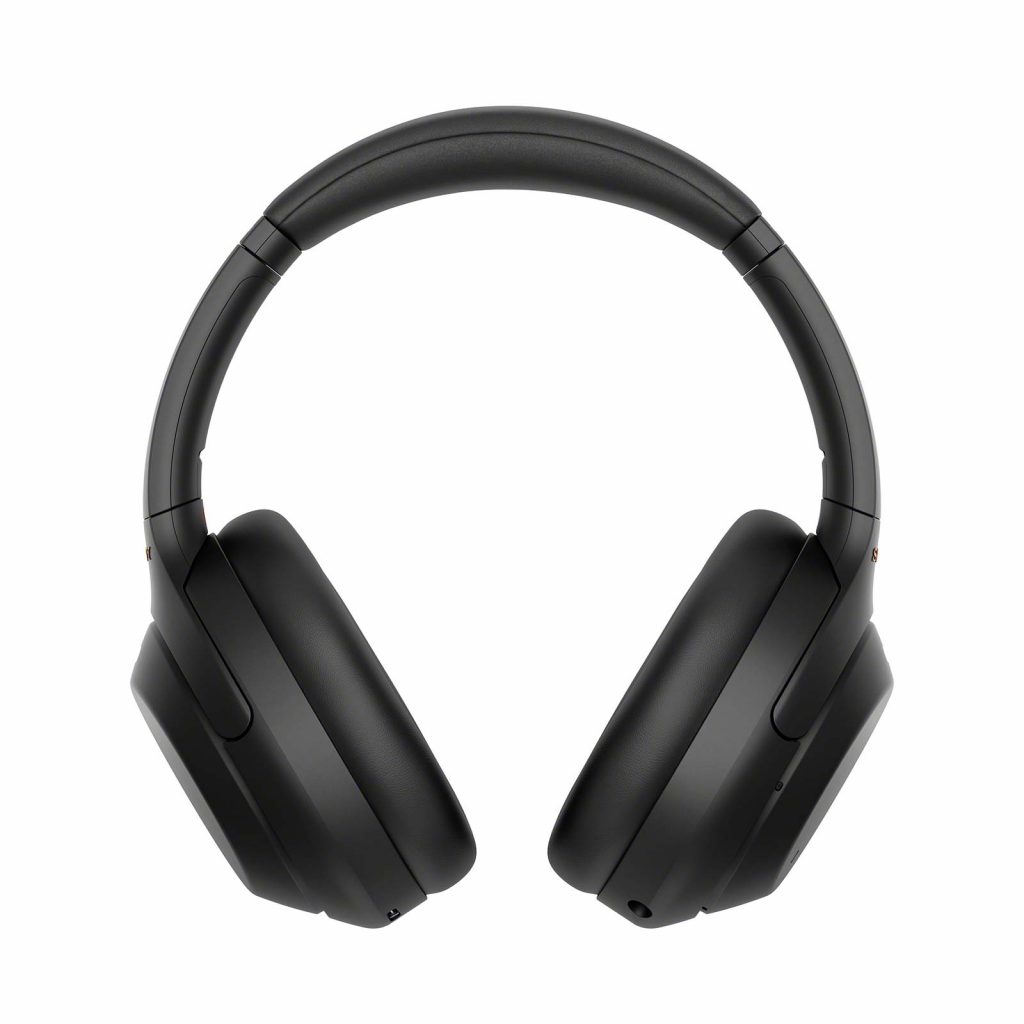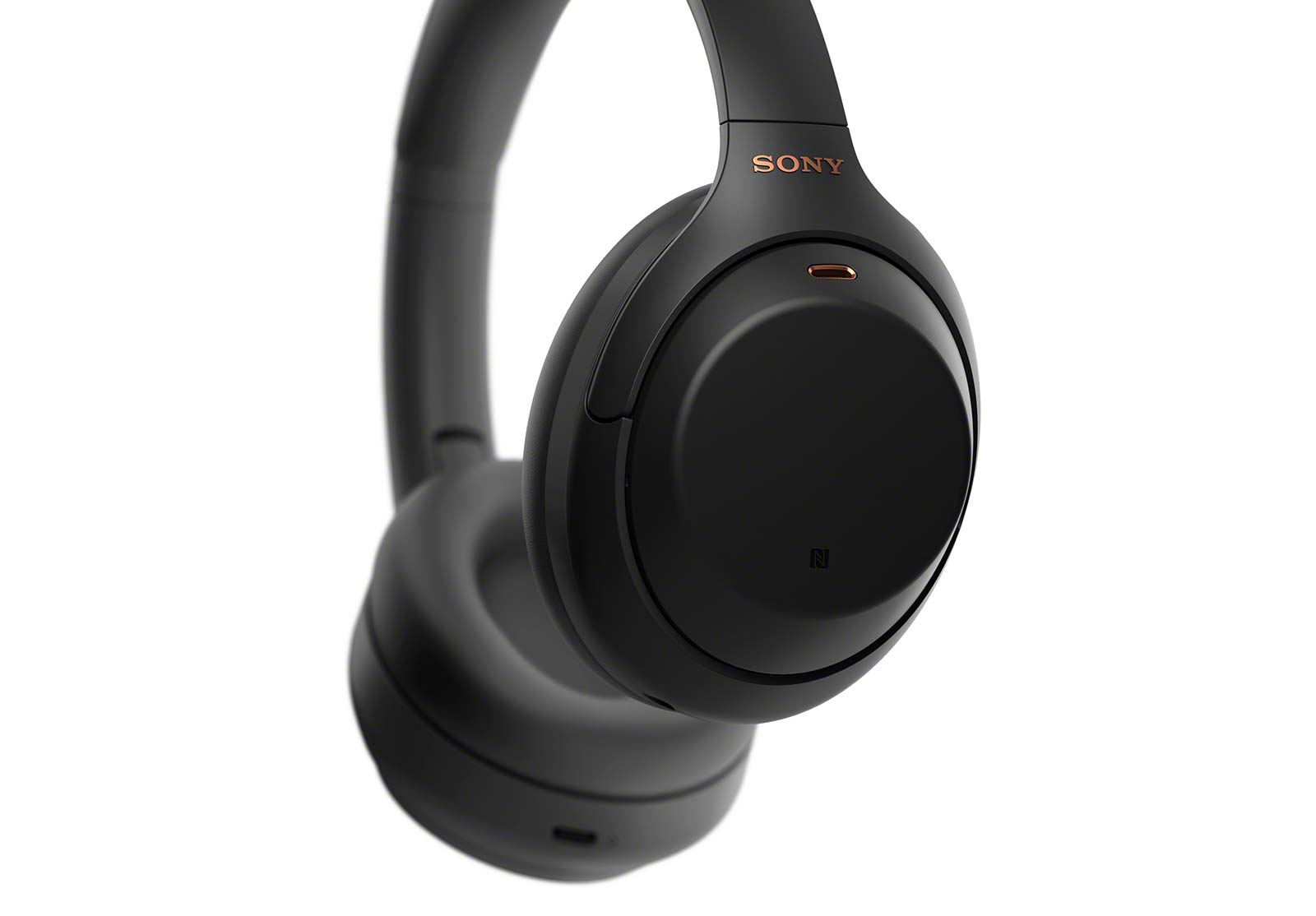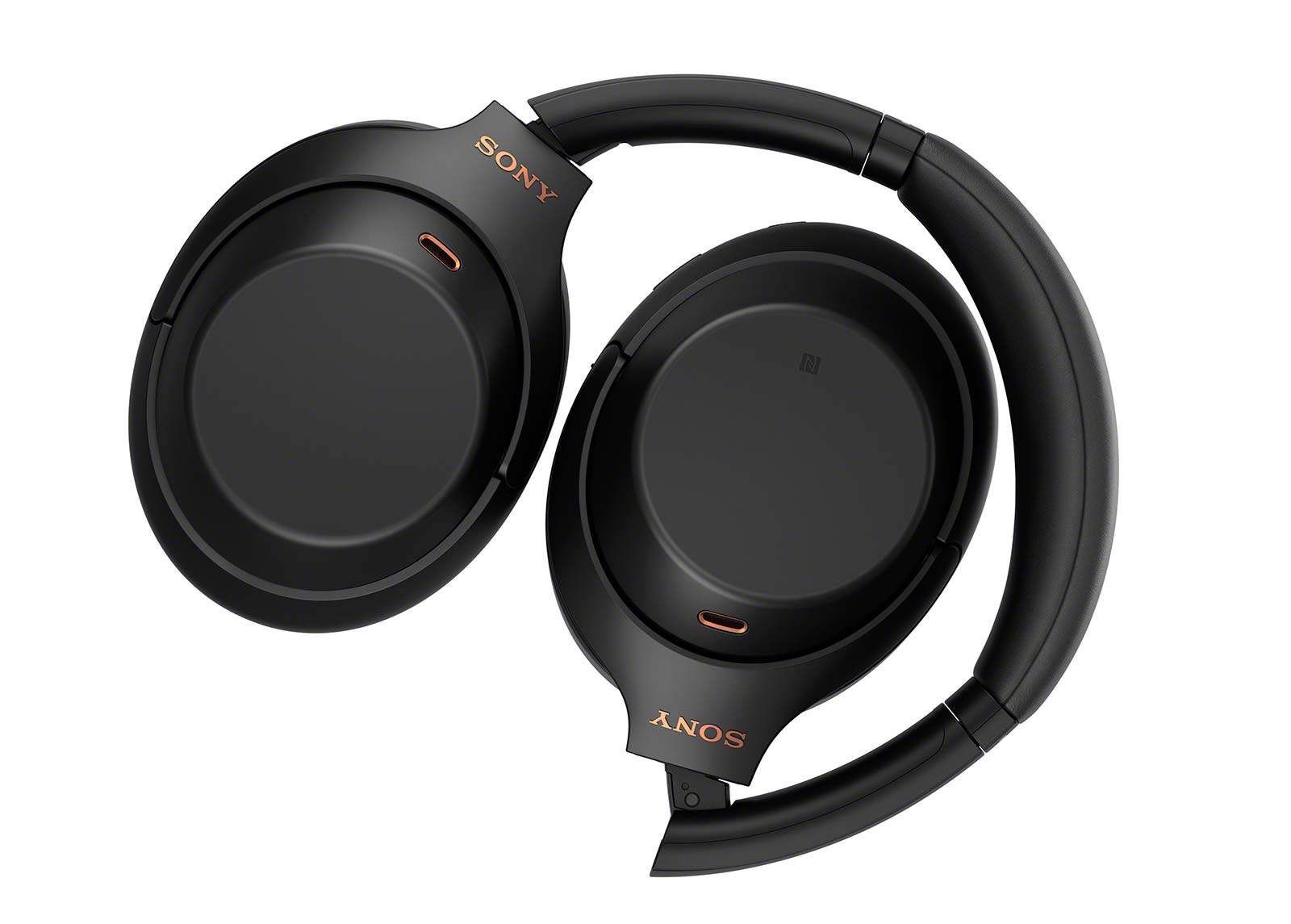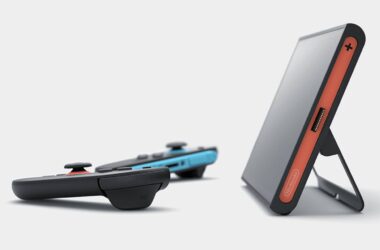It’s been a long time coming — almost two years — but Sony’s WH-1000XM4 looks to make its award-winning headphones even better, and not in the ways you’ll expect.
How do you make the best headphones even better? It’s a question we suspect Sony’s headphone teams have been grappling with for over a year, possibly because its WH-1000XM3 headphones launched to acclaim almost two years ago.
Two years is a long time for headphone releases, with releases typically found every year, much like phones. After all, there’s always an improvement or two that customers can look forward to, be it a size change, better battery life, or a newer algorithm meant to make everything a little more nuanced or exciting.
It’s a release schedule Sony has typically adhered to itself, releasing the original game-changing MDR-1000X noise cancelling headphones in 2016, the follow-up WH-1000XM2 in 2017, and the stand out WH-1000XM3 in 2018. The last model was so good that it won our best headphone award not just that year, but last year, too, while the follow-up has been rumoured for some time.
And now it’s here, with Sony using an event this week to launch its upgrade, a model that gets an expected name as well as some slightly unexpected features.
Called the WH-1000XM4, they’re a familiar take on Sony’s headphones, adopting more or less the same design as the XM3 before them, though some of the accents have changed, becoming a little muted, while the design may feel a little lighter and more comfortable.
However these headphones aren’t a rehash, with Sony introducing some features while bolstering the noise cancellation just a little. On the side of the active noise cancellation, Sony has worked to improve the performance for background noises in every day life, working with the QN1 chip from last time, while using a new Bluetooth chip to help adjust the sound of the headphones wirelessly over 700 times per second.
Sony has kept the noise cancellation optimiser around for another generation, easily one of the hallmarks in the headphones, allowing you to get the headphones to change their sound profile based off altitude and fit. That’ll be handy when many of us get back to flying again, but for now, you may want to focus on some of the things the headphones have needed, such as support for more gadgets and voice assistant, both of which are included here.
You’ll need to switch Bluetooth multipoint on via the app, but once you do, up to two devices are now supported by the WH-1000XM4, as well as support for both major voice assistants: Amazon Alexa and Google Assistant.
And then there are some extras you may not expect, such as wear detection, allowing the WH-1000XM4 headphones to automatically pause when you take them off, and then start playing again when they’re back on.
Perhaps more interesting is a new feature called “Speak to Chat”, which picks up on your voice when you’re talking, and then switches on the microphones so you can hear yourself and the world. It’ll be a bit of a dampener if you like singing to yourself, but you can switch it off inside the app.
That sits alongside Sony’s other features, including the touch controls on the main earpads, up to 30 hours of battery life, support for 360 Audio (currently found on Tidal), and an adaptive form of noise cancellation that not only changes based on where you go (like if you’re on public transport) but can now remember certain places and addresses.
All up, it’s an update that seems like it’s made to make Sony’s best headphones even better, replacing the 1000XM3 with a new variant that is just little bit more interesting.
Locally, it will carry the same RRP as its predecessor, with the Sony WH-1000XM4 hitting store shelves and online stores in August for $549.95, replacing the 1000XM3. As for when Sony plans to update its in-ear variant, the WF-1000XM3, Sony hasn’t said, but given it’s a year behind, we might be waiting a few more months at least.


